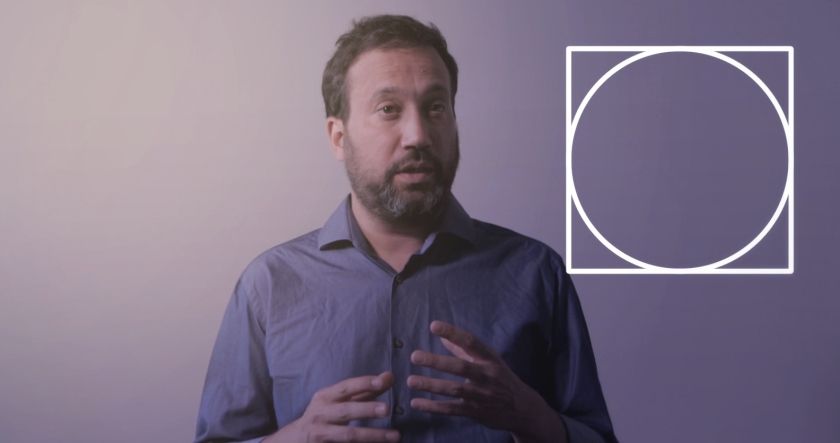03 August 2016
By force of form
The historical and political meaning of wartime architecture
The historical and political meaning of wartime architecture
What most history books often miss about conflicts is the importance of managing space and infrastructure. In wartime, controlling critical infrastructure – roads, buildings, electricity and water supply – represent a substantial tactical advantage, as can be witnessed nowadays in Syria or Iraq. The architect and Professor of Spatial and Visual Cultures Eyal Weizman takes this concept further: if the control of a territory relies on the management of its spaces, understanding architectural frameworks can become a powerful or even decisive instrument. And it is even more interesting to use this analytical tool to look backward: in fact, architecture allows its practitioners to study war zones retrospectively and explain with accuracy the political and social impact of conflicts. For this reason, examining the form and the design of an area can help us reshape cities and develop specific solutions to answer communities’ needs.

